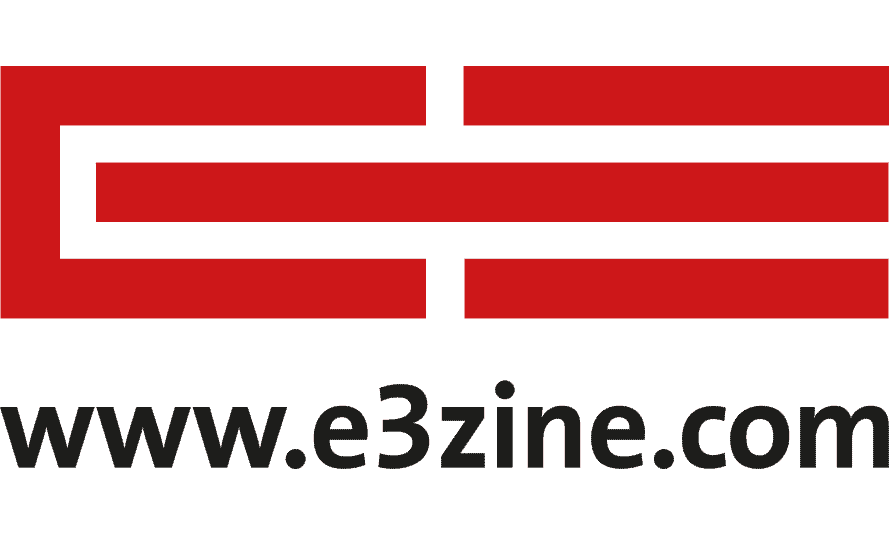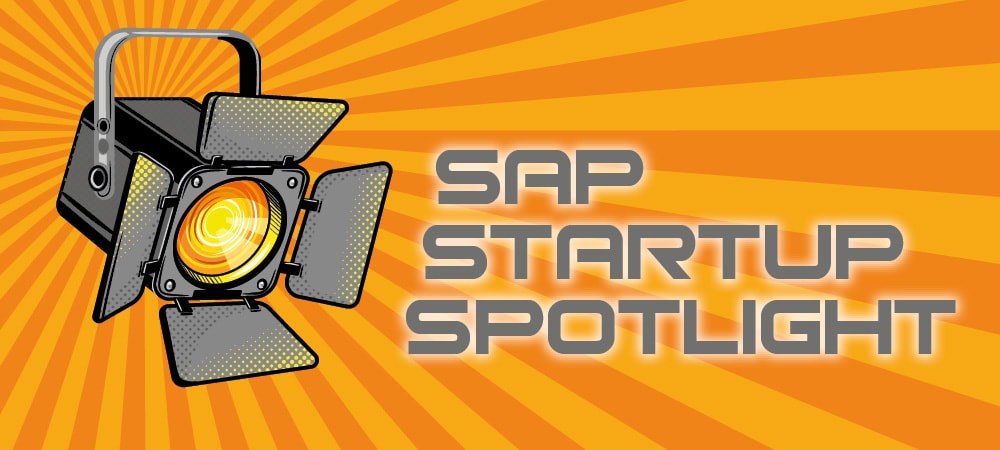Once again, SAP’s balance sheet figures on the infrastructure topic “cloud computing” have risen significantly in its quarterly report. However, what is presented as a success is merely an ingenious sleight of hand. The actual application of SAP products takes place within the SAP community and among DSAG (German-speaking User Group) members, where few want to hear anything about cloud computing. Here, algorithms and data structures determine success.
The end of SAP’s success in the cloud is foreseeable, although not yet within reach. Like the IT scene, the SAP community is heterogeneous. In hybrid landscapes, not only do on-prem and cloud services change, but so too do app providers. For many SAP customers, sourcing CRM from Salesforce and HCM from Workday is a given. This agility is good for the market but also a challenge for vendors. However, more and more voices from the SAP community are saying that the new SAP CRM is superior to the no less successful Salesforce in terms of usability and user interface. This proves that the issue is not cloud computing itself, but rather functionality.
A good algorithm, suitable Fiori apps, a logical user interface, and consistent data structures are more important than the operating business model. Cloud computing offers many advantages: for example, it eliminates the need for every SAP customer to also employ a security and disaster recovery specialist, as cloud computing provides this service for them. But no one understands business processes more than SAP itself and its customers. This is where a unique selling point and competitive advantage develop, from algorithms (processes) and data structures (interoperability). Many IT providers have mastered cloud computing, but only SAP has mastered standard business processes—in fact, according to statements from existing customers, SAP’s CRM is superior to that of Salesforce.






















Add Comment